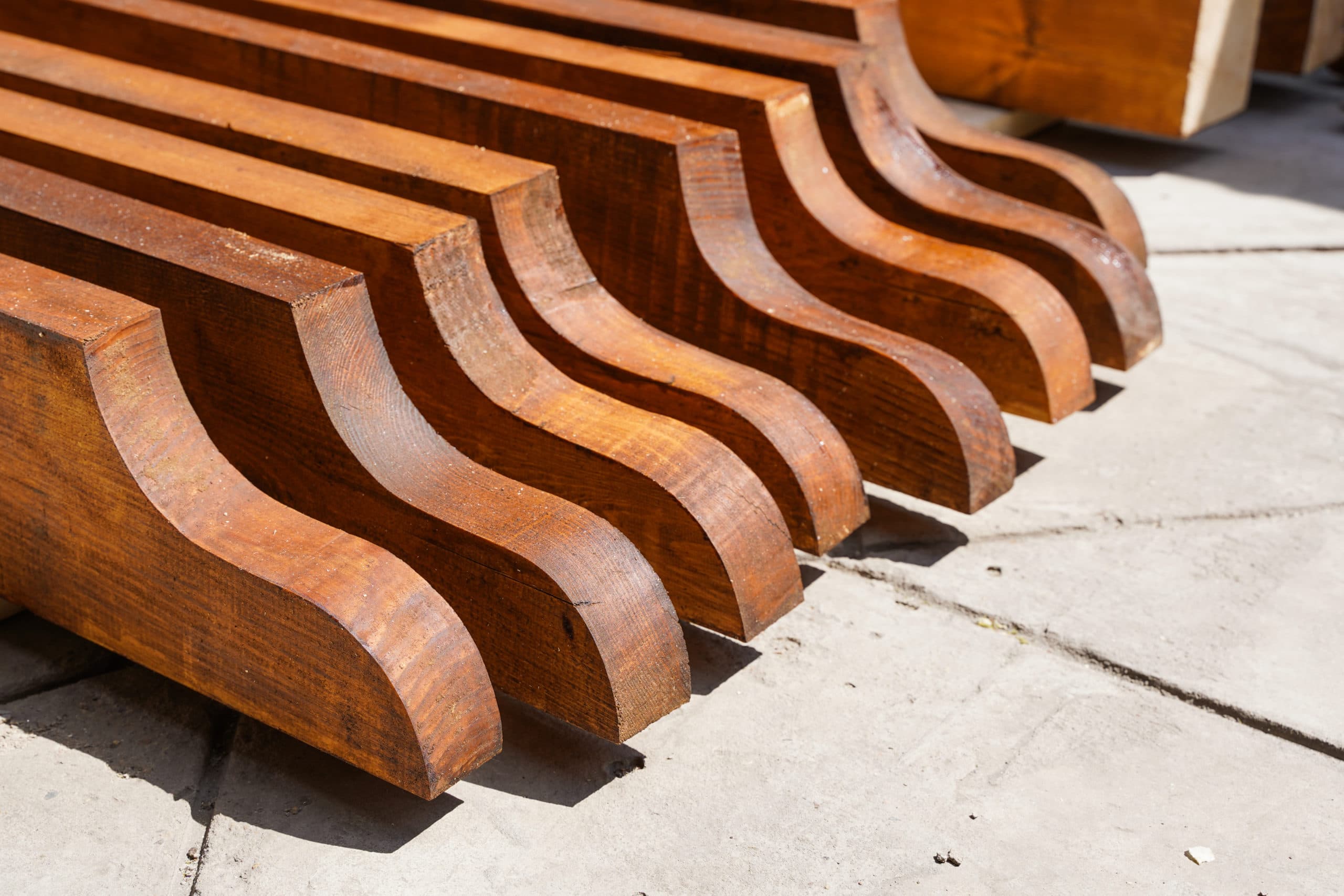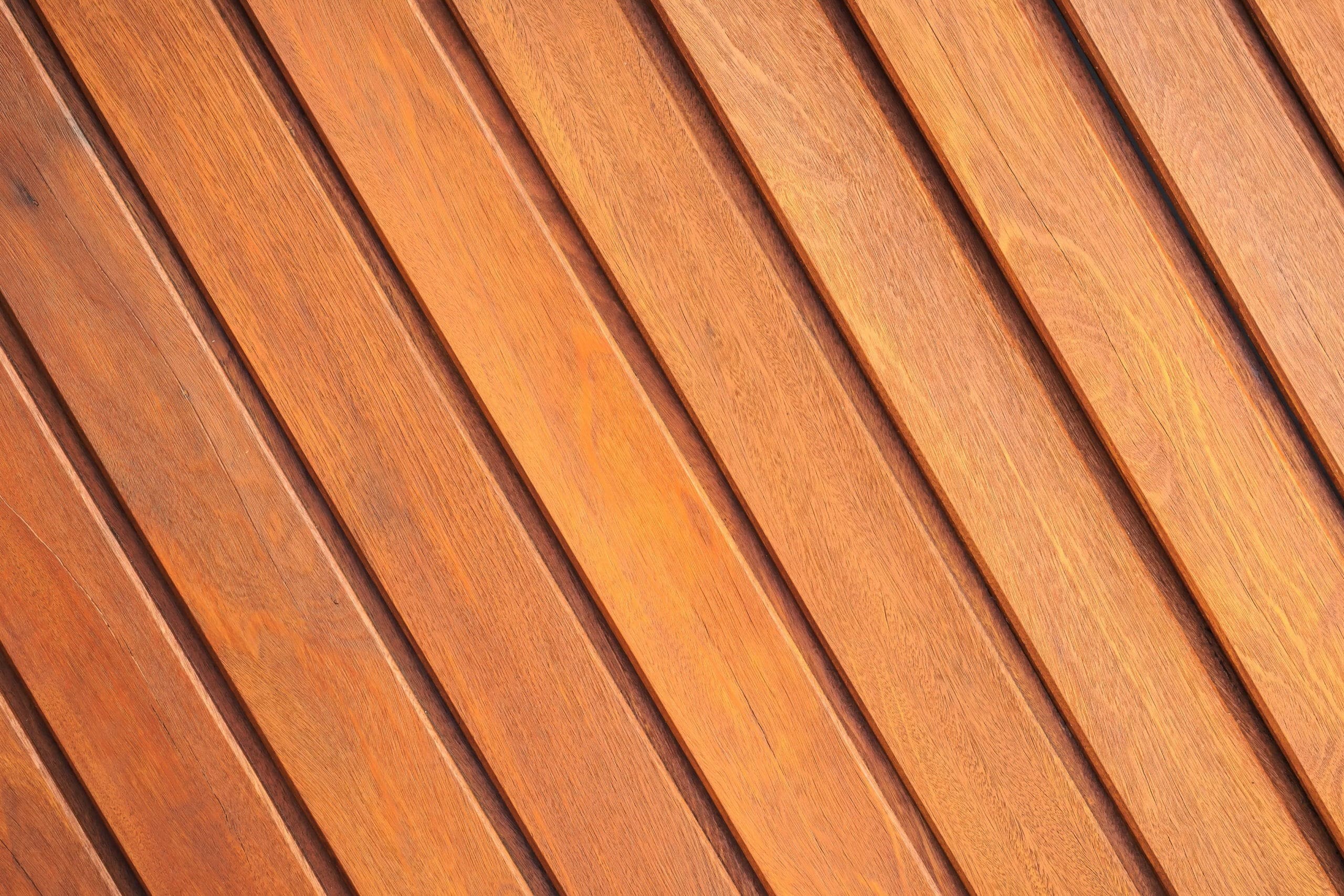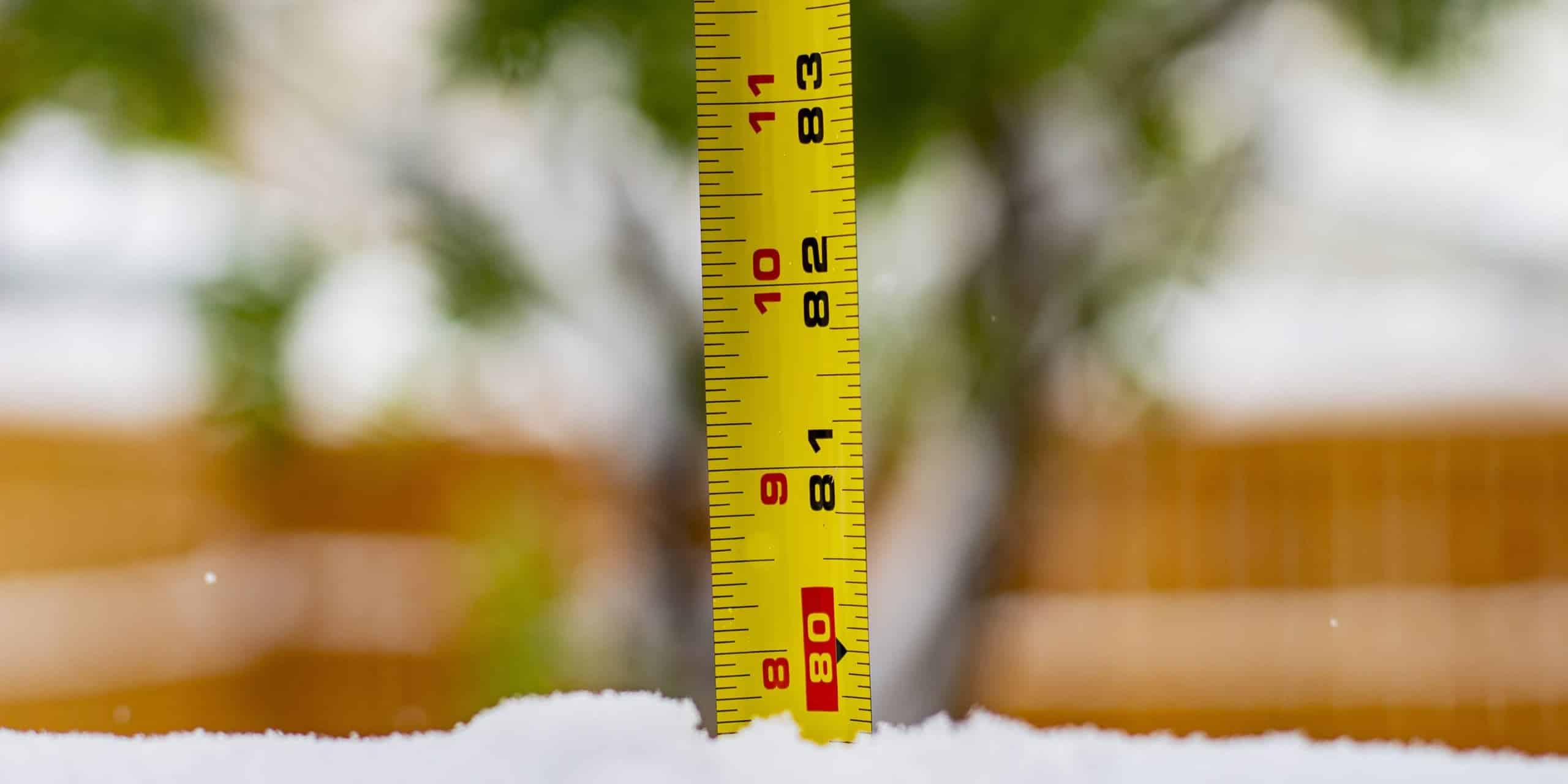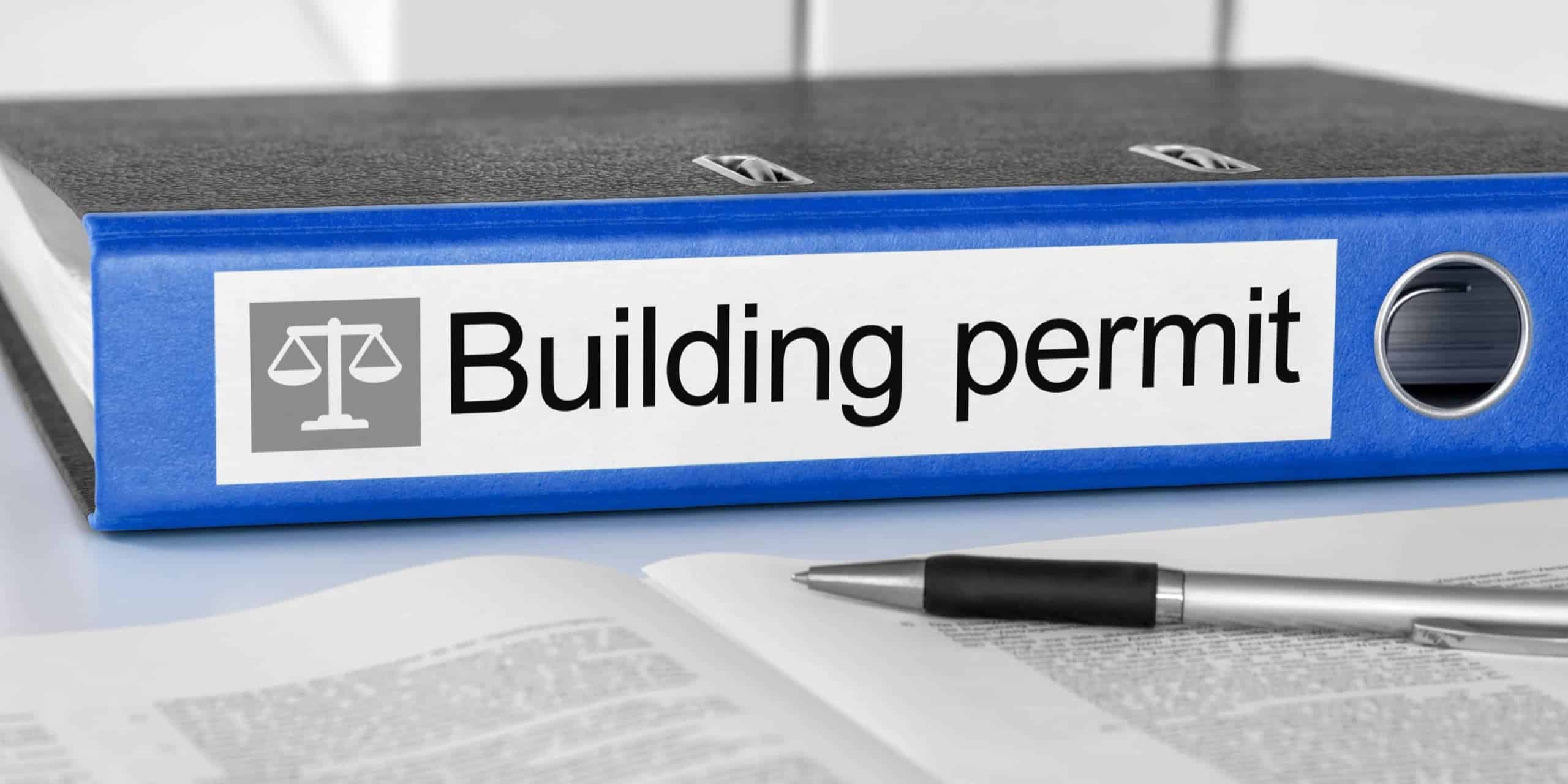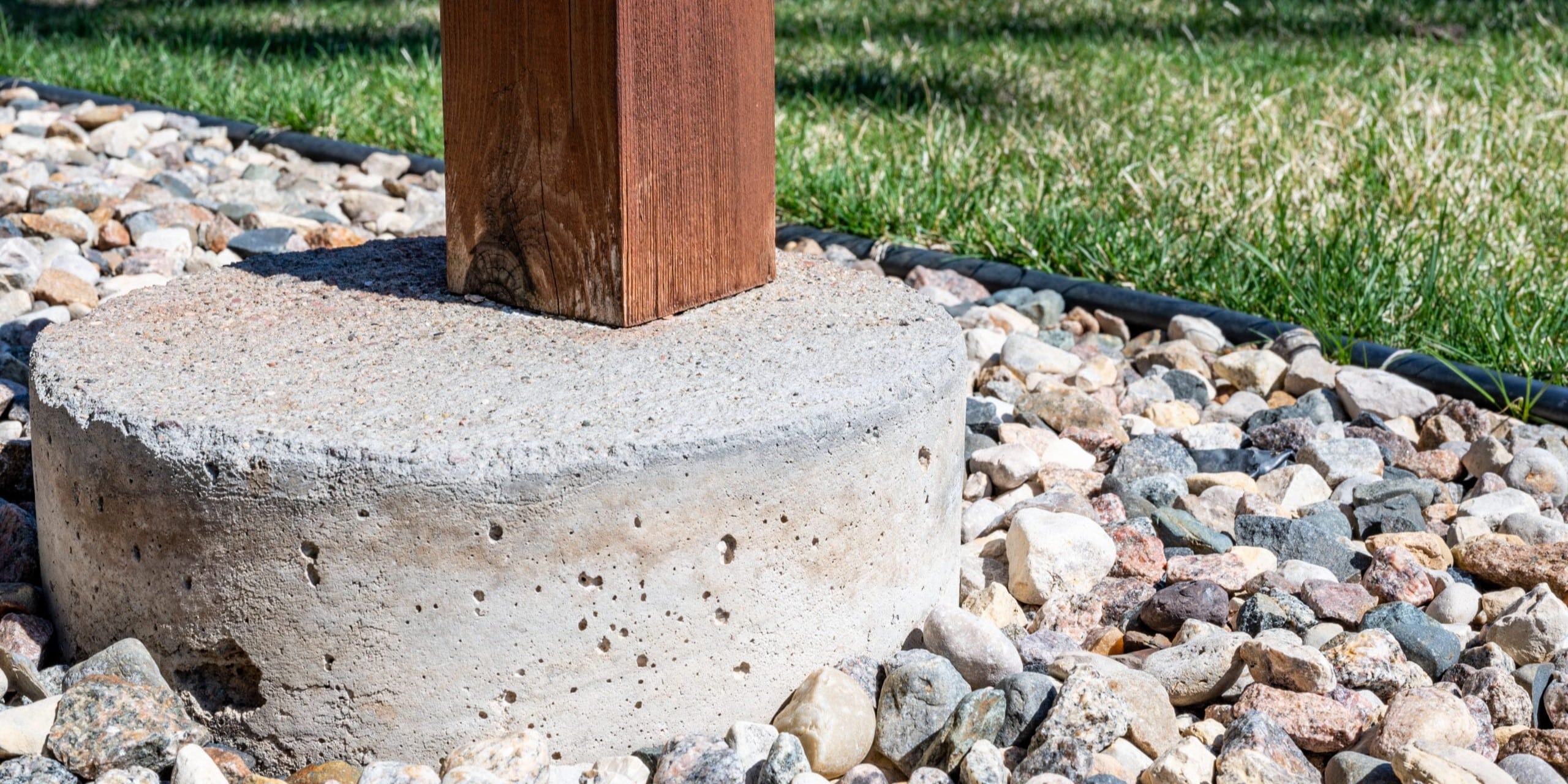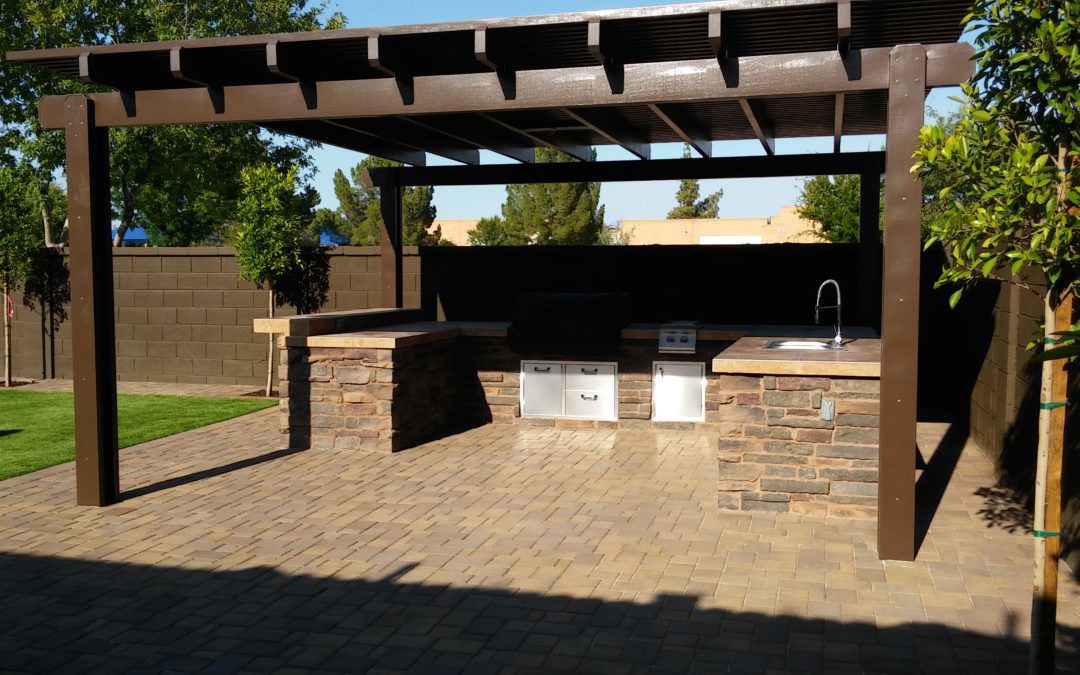$2,000
$20 to $80
$3,360 to $19,000
A simple 10 x 10 pergola in a low wind area could cost as little as $2,000. Add in some features such as textured Alumawood with buttresses and footings necessary for code compliance and the same size pergola cost would likely cost about $8,000. A pergola in your garden or in the backyard drastically enhances the beauty of your property.
You can have a barbeque on the weekend, or spend a lazy evening with a cup of coffee in there in complete solitude. It also increases the value of your property. If you are considering getting a pergola on your property, then you might be curious to know how much a pergola costs. In this guide, we’ll break down all the options and costs of pergola construction.
Average Cost of Building a Pergola
The average cost of building a pergola depends on a few factors like the material, type or design, and size. If we take all these into account, then the average cost of building a pergola, by a professional contractor ranges from $20 per square foot to about $80 per square foot.
A simple 10x10 pergola in a low wind area could cost as little as $2,000. Add in some features such as textured Alumawood with buttresses and footings necessary for code compliance and the same size pergola cost would likely cost about $8,000.
Size and Type | Average Cost |
|---|---|
10 x 10 ft² (basic features) | $2,000 |
10 x 10 ft² (high-end features) | $8,000 |
12 x 10 ft² (basic features) | $3,360 |
12 x 10 ft² (high-end features) | $19,000 |
A larger pergola at 12 x 20 with no frills to get some backyard shade would start at $3,360. With nicer design aesthetics and higher end engineering, $19,000 would be a realistic price.
Amazon Pergola vs Professionally Built Pergola
The numbers we’re discussing here are not low budget and you might be thinking “I see them on Amazon for way less!” To clarify, we are discussing PERMANENT, and code compliant pergolas built by a contractor.
Amazon Pergola
Pros
Cons
Professionally Built Pergola
Pros
Cons
While many online outfits do sell pergola kits, their materials are typically engineered sub-par to be considered a permanent structure and/or code compliant. They typically use thin members and weak connections. In most cost cases, if discovered on the property they may be ordered to be removed by a local municipality.
Also the costs reflected do not include installation or site-specific measurements. Many homeowners find out after building them that their patio isn’t square or level and then have a pre-manufactured pergola that sits crooked or wobbles like a chair with uneven legs on their patio. A professional contractor should cut each structural member down to 1/16 of an inch to ensure the load is distributed evenly over all posts, and the top is level.
Pergola Options and their Cost Impact
When you are building a pergola, there are plenty of options. The options come in the form of different types of materials and designs. You can build a pergola from cedar wood, pine wood, fiberglass, aluminum, redwood, and more. Your choice of material will decide the longevity and also, the cost.
There are plenty of designs as well such as retractable roof, gable, louvered pergola, etc. The pricing varies largely from one design to another. Here I will talk about the cost of five of the most widely used materials and five most sought out pergola designs. I will also discuss some relevant information like durability, life expectancy, etc.
Structural Materials
As I have already mentioned above, you can use a wide range of materials for building a pergola. These materials vary in quality, durability, look, and also pricing. For wooden pergolas, there are cedar, pine, and teak. You can use aluminum or Alumawood for metallic pergolas.
Here I will talk about cedarwood, pine wood, aluminum, teak wood, and fiberglass. I will discuss their price with some relevant factors:
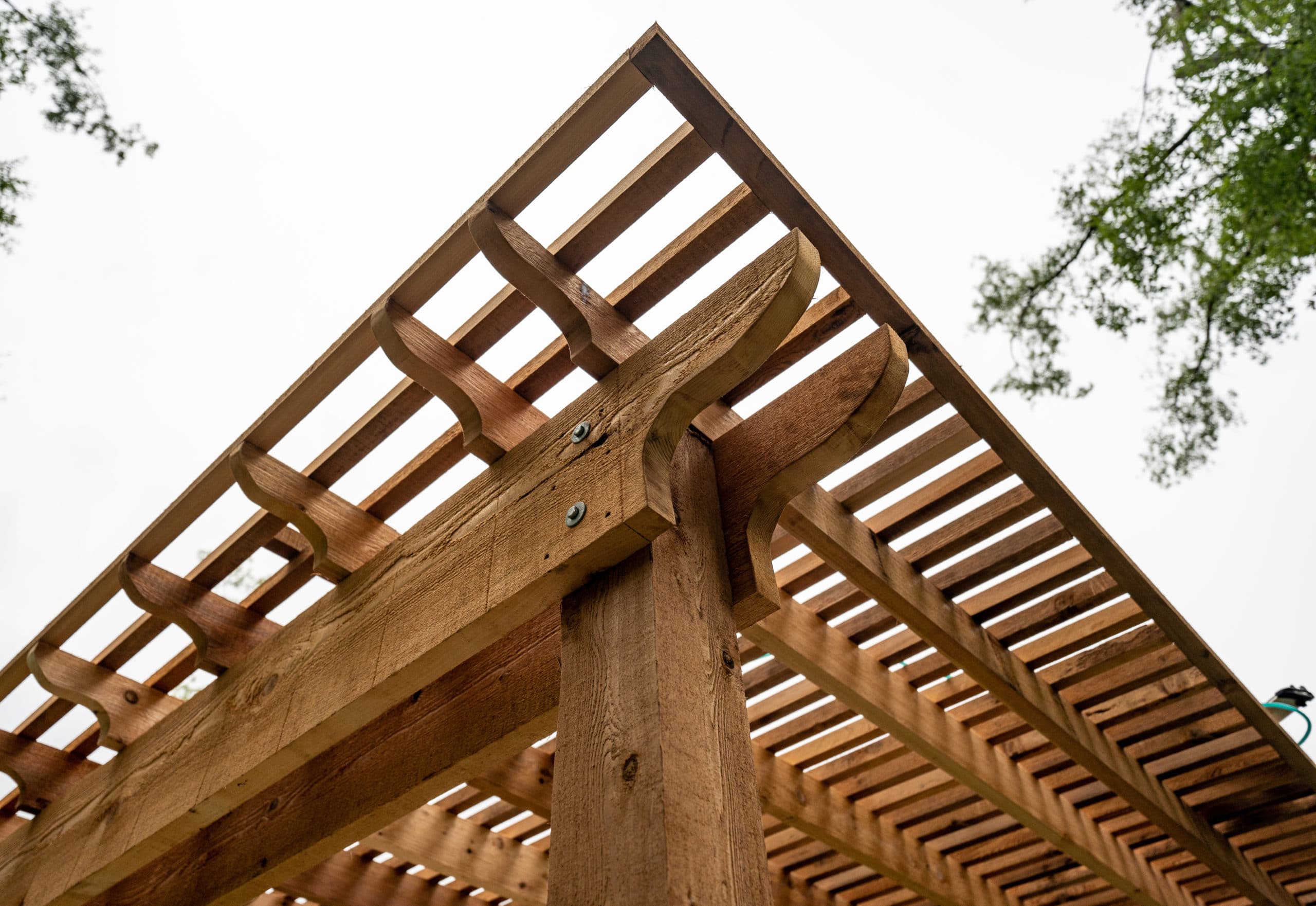
Cedar
Cedar wood is a very suitable material for building a pergola. It takes paint and stains pretty well. Cedar is naturally resistant to rot and insects. It requires some sanding and staining every year but nothing rigorous.
Although cedar is prone to cracking, that does not impact the structural integrity. However, it can alter the look of the pergola. Due to this same characteristic, you can carve designs on cedar pergola for aesthetic purposes. The cost of a cedar pergola is $30 to $42 per square foot.
Pine
Pine wood is widely used to make pergolas. It is very common for building wood materials. Pine wood is soft. So, it tends to lose its structural solidity after years of usage.
Pine is resistant to rot but vulnerable to insect attacks. Pine wood requires yearly maintenance to achieve the expected lifespan. Regular staining and painting are the only maintenance it needs. The cost of pine wood pergola is a bit cheaper compared to cedar. Its price is $24 to $36 per square foot.
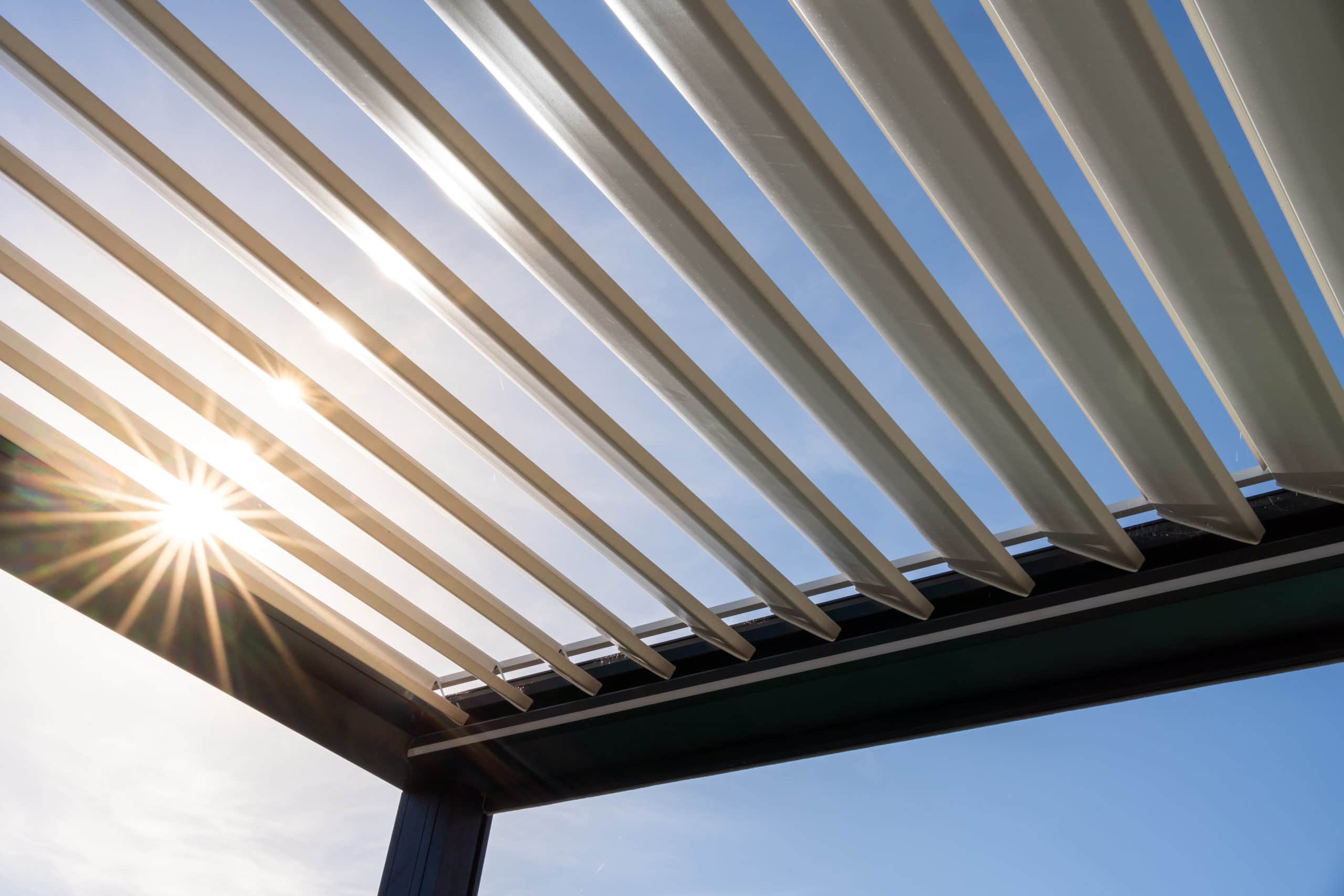
Aluminum
Aluminum is one of the most versatile materials to make pergolas. It is a very low-maintenance material and can take any type of décor. Usually, vinyl is used with aluminum pergolas. Vinyl makes the outer surface of the pergola while the aluminum makes the inner core for stability.
Aluminum pergolas are the cheapest. Per square feet costs from $12 to $36. There is a material called alumawood which is made from aluminum. It is aluminum that is processed and painted to look like wood. It is cheaper than aluminum. Its price is between $12 to $24 per square foot.
A few companies offer an aluminum with a wood-grain texture that makes it look like wood…. and it looks damn good.
Teak
There are various types of wood regarding quality, look, and price. Teak is one of the most premium woods that you can use to make pergolas. It is resistant to rot and insects and lasts way longer than cedar or pine.
Teak also has an exquisite look. It is very durable, crack-resistant, and can take designing in the form of carving. All these qualities come with a hefty price tag though. Per square feet of teak pergola cost up to $66 and sometimes it can go more.
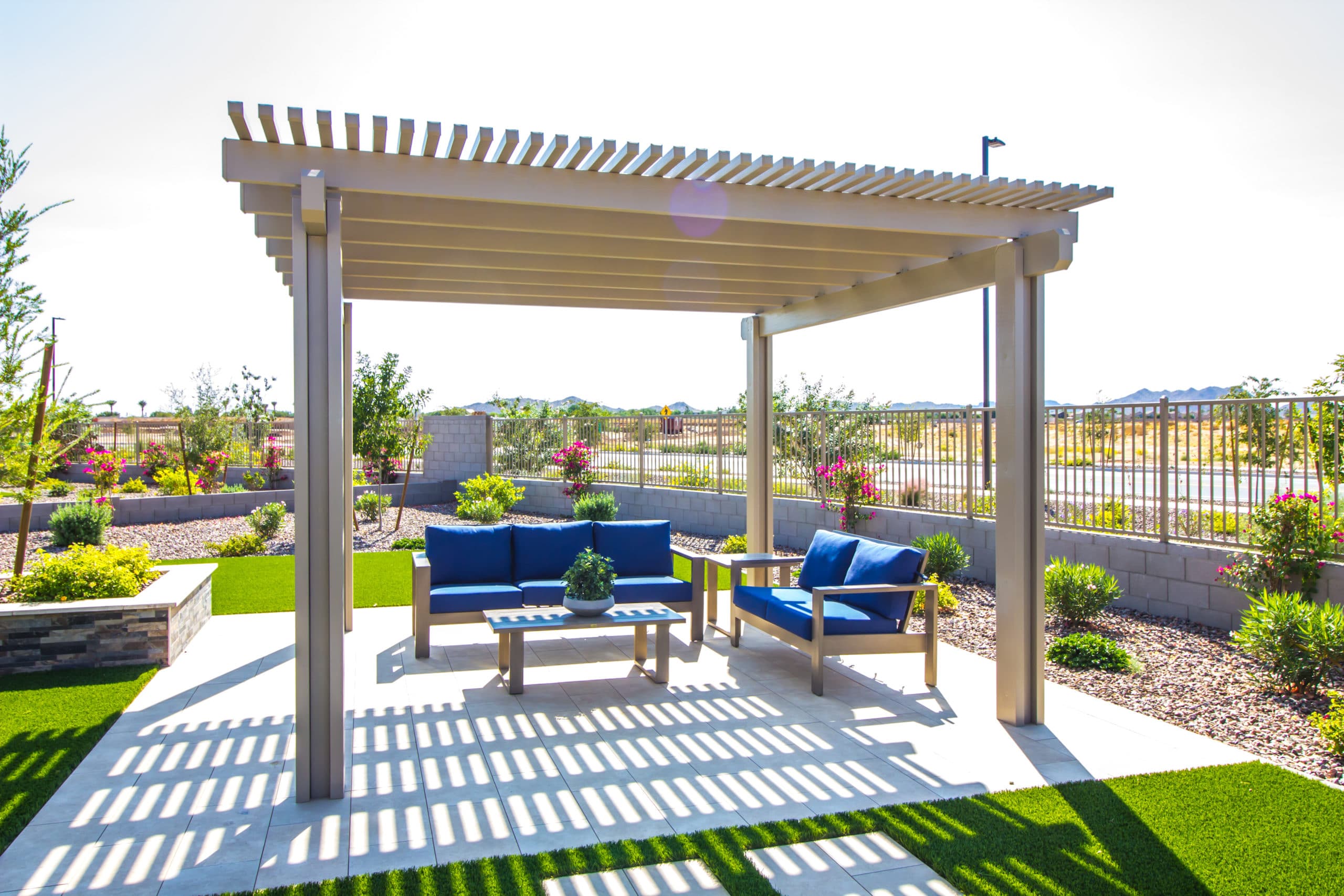
Fiberglass
Fiberglass pergolas are one of the most desired pergolas by homeowners. It needs very little maintenance but lasts incredibly long. Despite being so lightweight, fiberglass is very strong and durable.
Due to its lightweight, you don’t have to add extra beams or supporting columns for larger coverage. This reduces congestion and also cuts down costs. You can also add lights, fans, and heating elements to a fiberglass pergola. Per square feet of fiberglass pergola costs around $72.
Roof Type
There are tons of options for the roof types. From standard open pergola to fully automated smart pergola, you can choose any. There are also options for louvered and gabled pergola. While all of them offer varying utilities, none looks anything less than gorgeous.
The pricing also varies for various designs. Here are different roof types and their impact on the cost:
Traditional Open Pergola
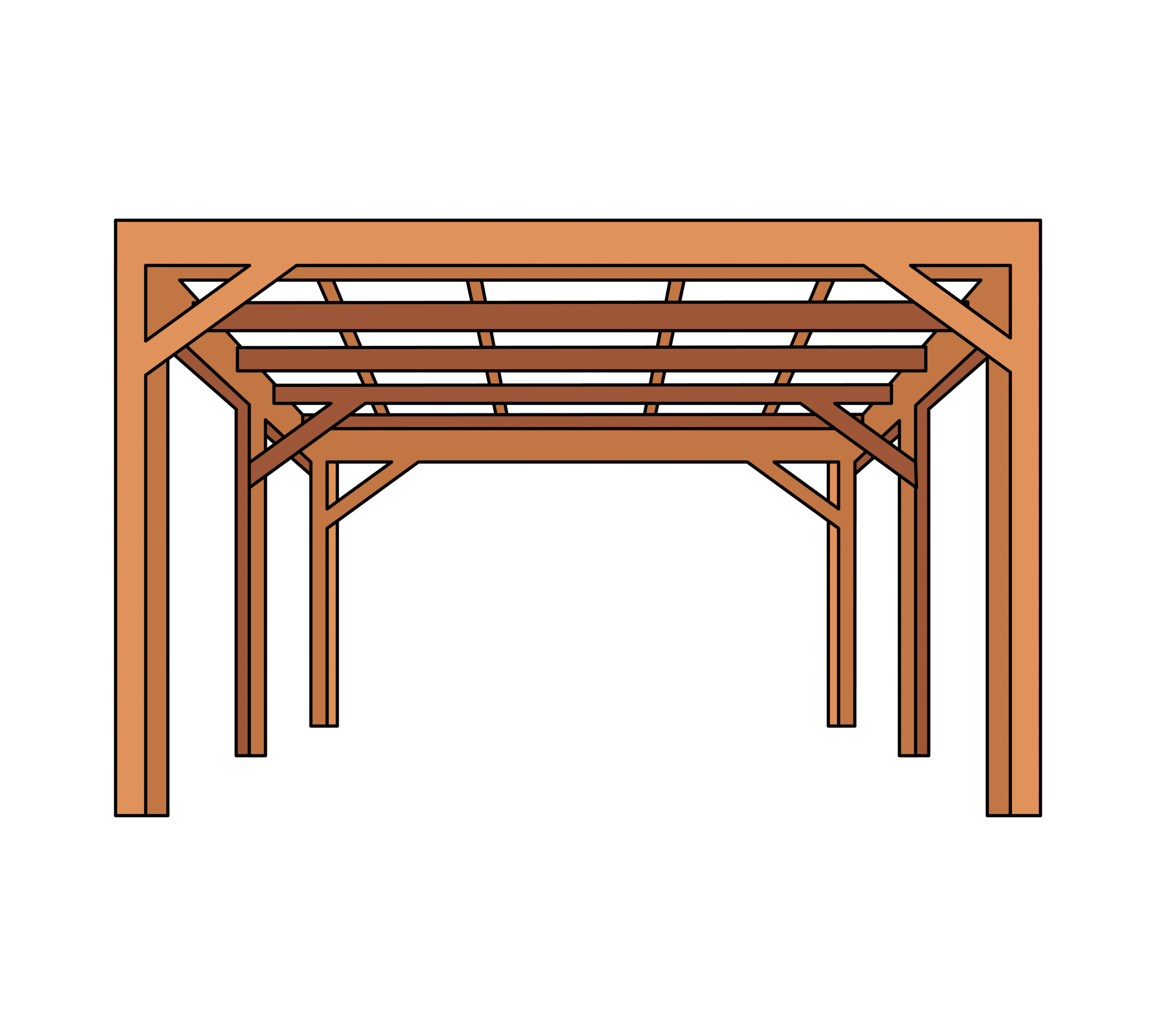
A traditional open pergola is the very basics of pergolas. It stands on four columns. The top has evenly spaced beams.
The beams can have designs or carvings on them. There can be coverings of cloth or the beam can have hollow space in-between based on the owner's preference. The price of a traditional open pergola can be between $36 to $72 per square depending on the material.
Gable Pergola
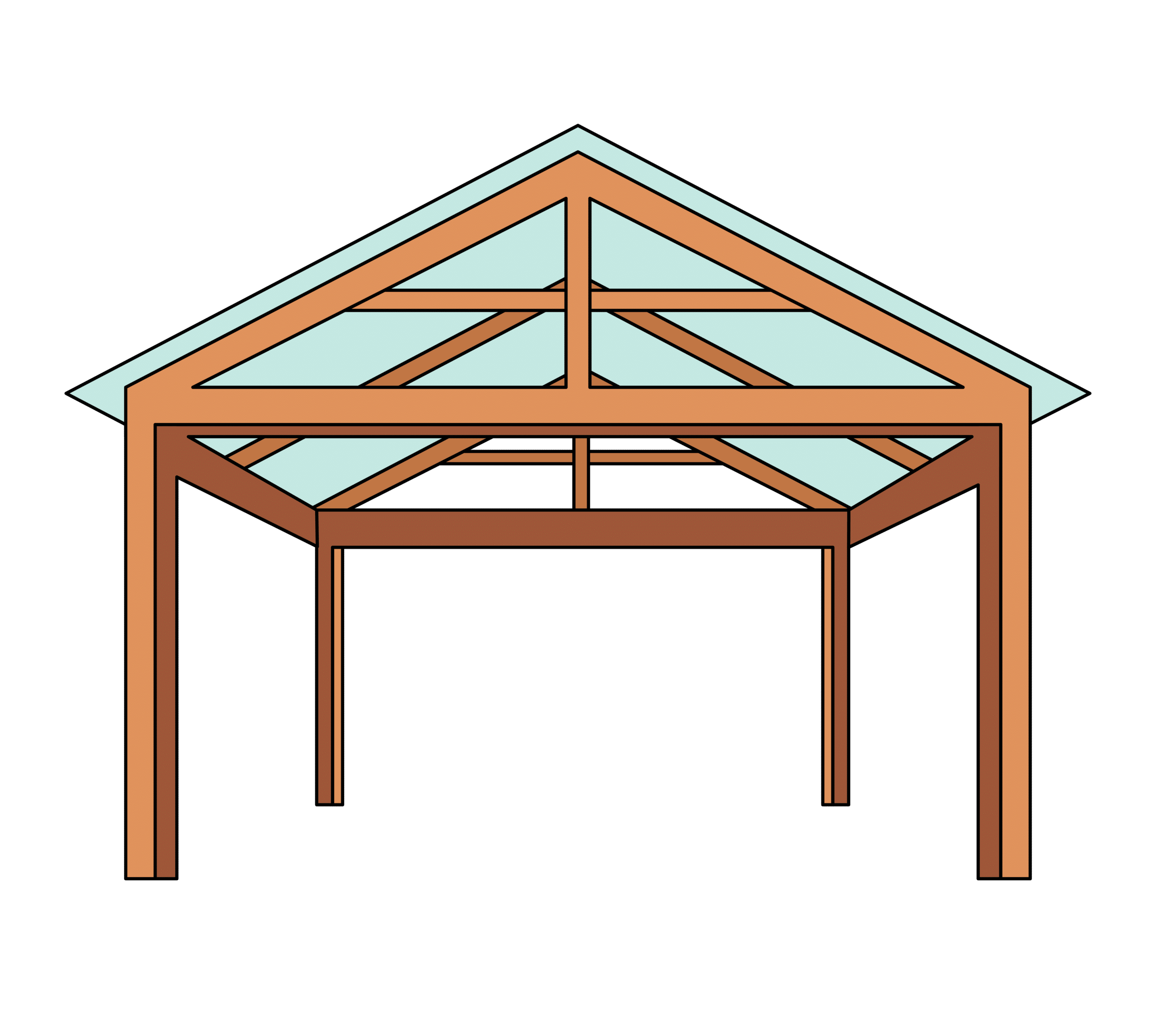
If you want something different, you can opt for a gabled roof pergola. If you are wondering what a gabled roof is, it is something that you have seen a thousand times without knowing the name.
A gabled roof is a triangular-shaped roof where two sections of the roof meet on the uppermost point of the roof. This is an intricate design hence costly. Gable pergola can cost $7,200 to $8,400.
Retractable Roof
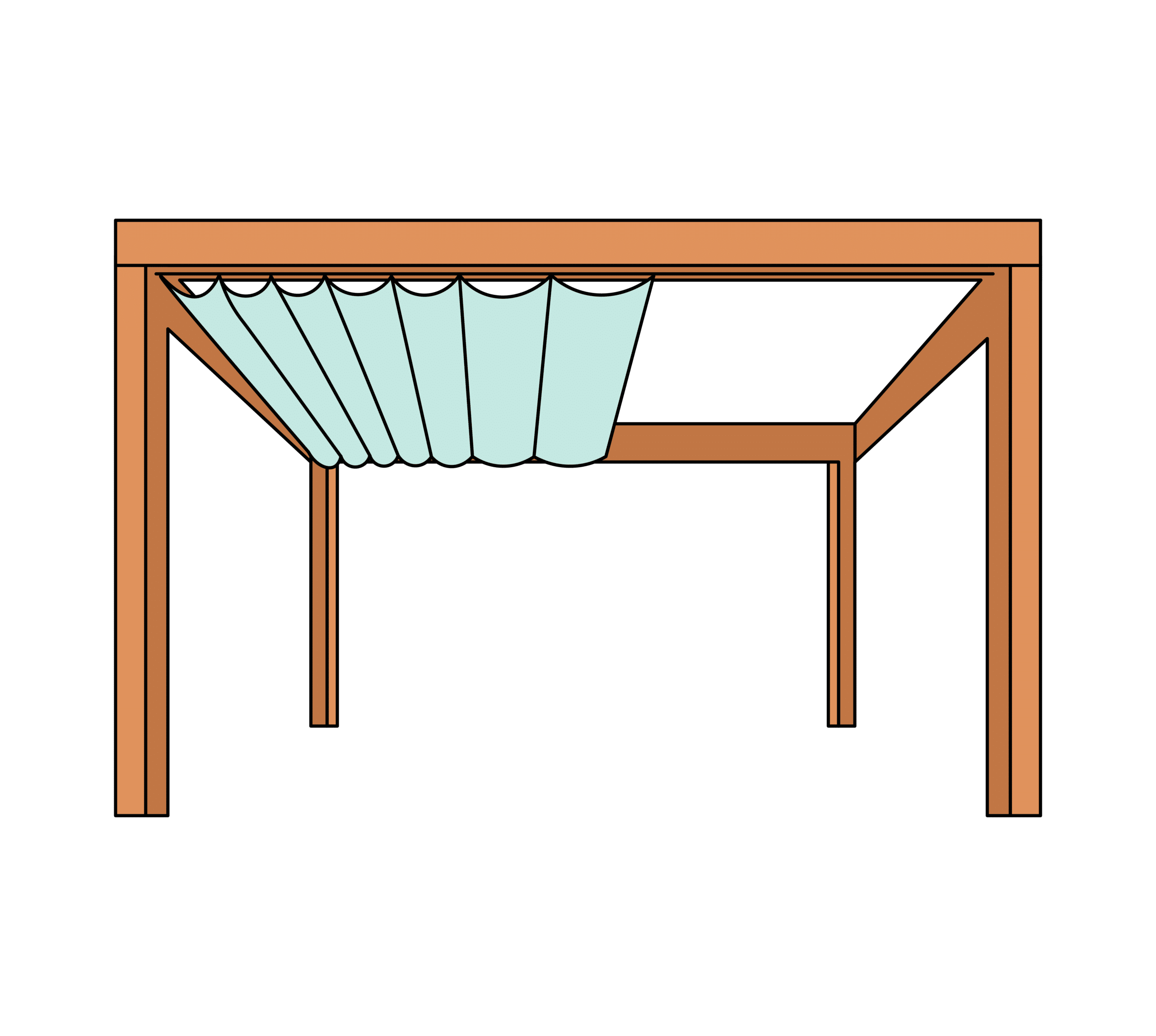
Retractable roof pergolas are advanced versions of open pergolas. The roof of this type of pergola can be completely retracted to have more sunlight and air. Retractable roof pergolas can be fully automatic or manual.
This means that you can retract the roof by using a lever or something, or with just a press of a button. A retractable roof usually uses cloth for easy movability. The price largely varies depending on the material and smart features which are usually between $1,200 to $3,600 per square foot.
Louvered
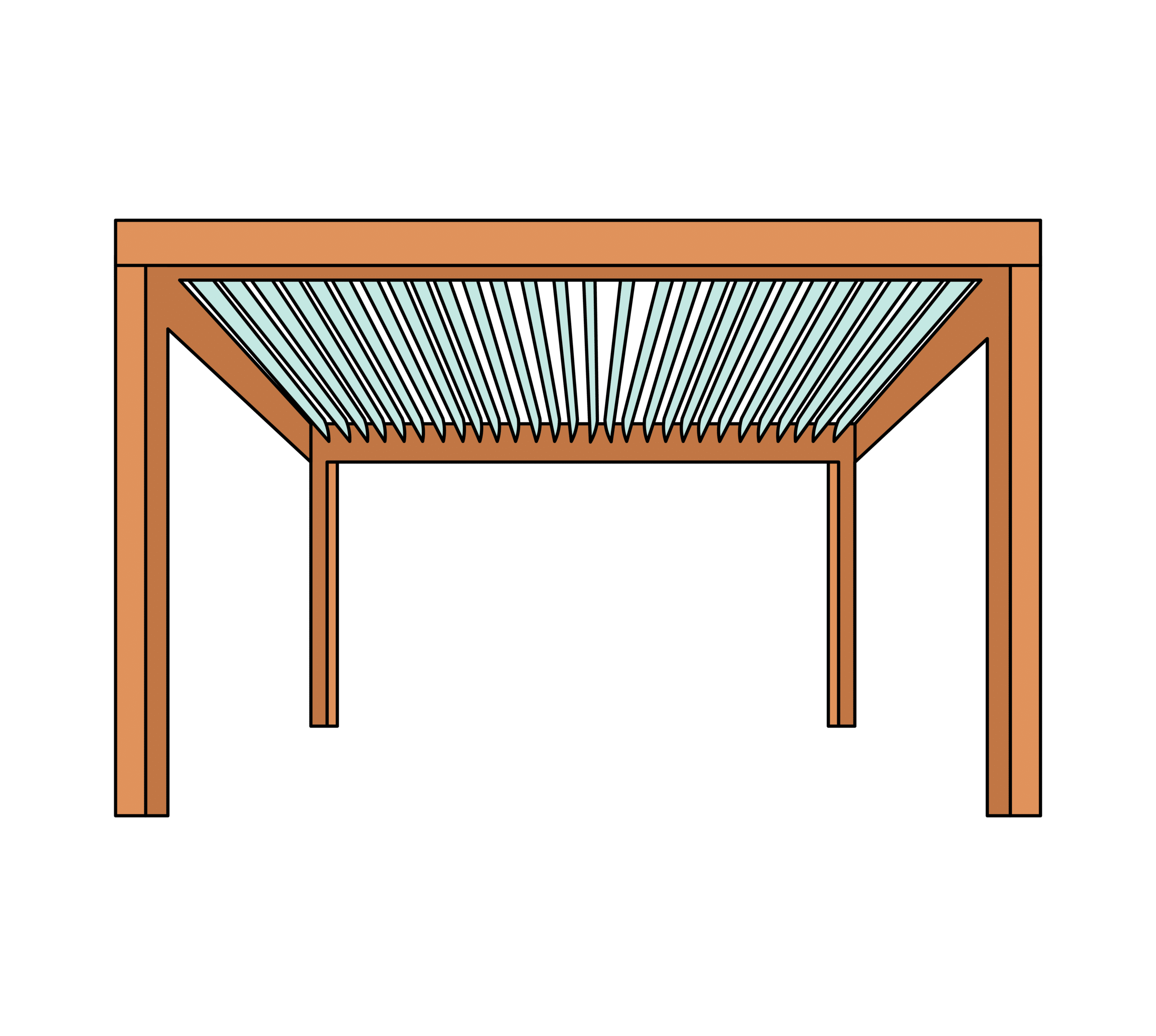
The louvered roof is one of the most recent inventions in roof technologies. It is highly mechanized and a contribution of modern engineering. A louvered roof consists of horizontal slabs that can rotate 180 degrees to cover the roof or open completely.
You can also keep the slabs’ angled and thus you can completely control the flow of air and sunlight. It shouldn’t be surprising that such technology would come at a price. A louvered roof pergola can cost about $102 per square foot.
Cloth / Sail
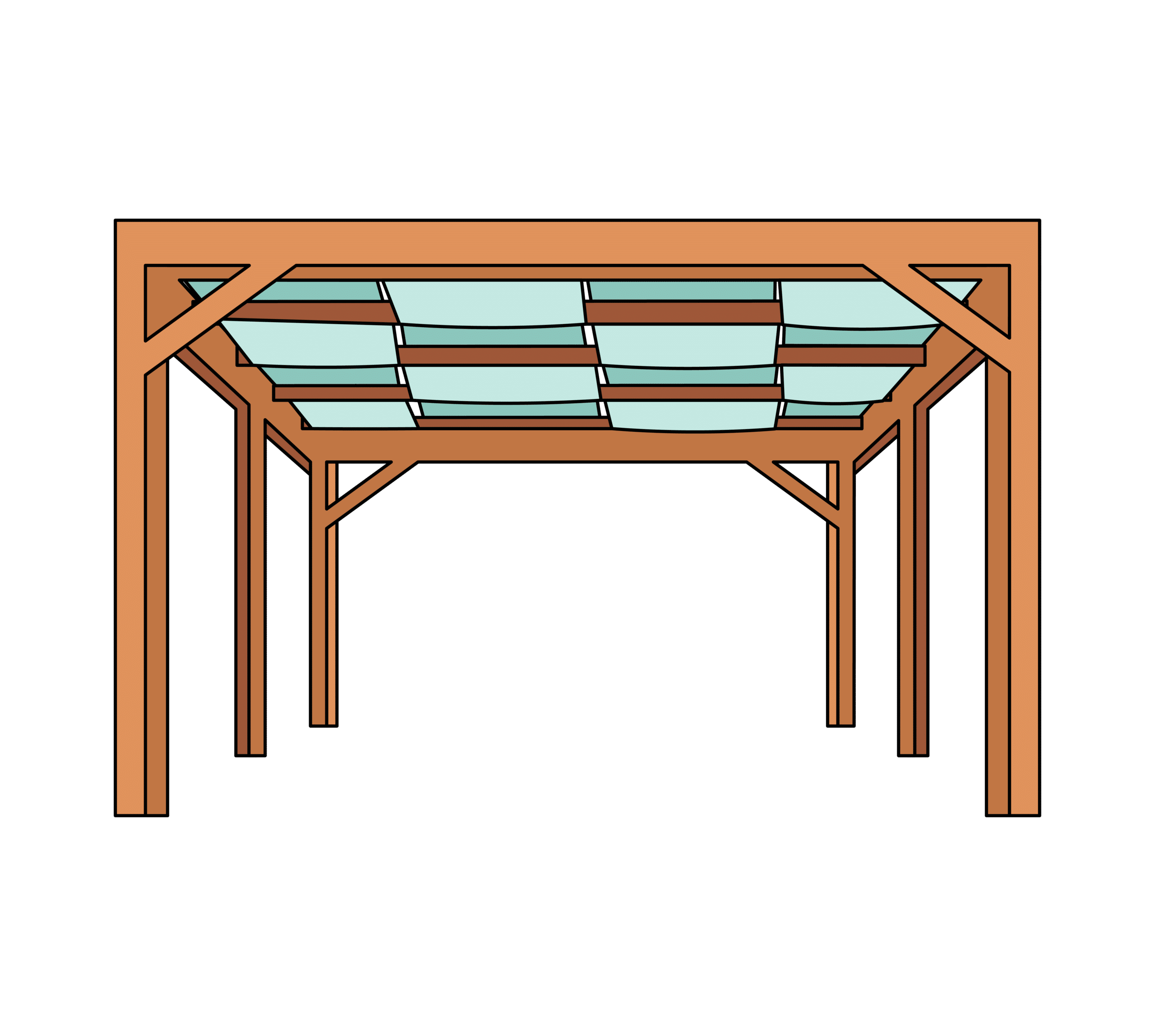
Cloth roof is the most commonly used roof option for pergolas. It is very cheap and widely available. You can find a cloth roof for anywhere between $60 to $240 for a standard-sized pergola. Of course, if the size increases, so will the price.
Foundation Requirements
Many people do not consider footing for pergolas. While that may be okay in case there aren't any weather anomalies, installing footings will give your pergola extra stability. Permanent structure pergolas require at least one footing in each post for code compliance (and remember this guide is for permanent pergolas).
You can go for flat concrete footing, pyramid footing, flat-footing with concealed post base, bell form footing, etc. These footings will be determined by the engineering requirements used to obtained the permit.
Rule of thumb: The farther the distance between the vertical posts of the pergola, the larger footing will be required.
Other Costs Related to Pergola Installation
Besides the type of material and the design, there are some additional aspects that determine the overall expenditure. They are as follows:
Fiberglass
The labor cost for building a pergola is between $600 to $1,200. The price can vary depending on the size, type, complexity of the pergola.
Custom designs cost heavy labor charges because they are difficult and time-consuming to build. Other factors include scarcity of laborers, getting permission, etc.
Proper Permits
Pergolas usually do not require a permit because they are not considered permanent structures. They do not have any roof and the supporting structures do not dig deep into the ground. However, you can build a pergola as a permanent structure as well. In that case, the permit cost can be $36 to $180.
Other Additional Costs
There can be many additional costs to building a pergola. If you live in a remote location, then traveling costs will add up to the total cost. Also, the type of foundation you want and the availability of the materials will play a role in the overall cost.
Getting the Right Type of Pergola
Choosing the right type of pergola depends on a few factors such as your budget, the type, and placement of the pergola, and the architecture of your house.
On Pergola Material
Traditional pergola using inexpensive metals costs the least of any type. You can use aluminum for better durability which will increase the price a bit more, but not significantly. The most aesthetically pleasing are teak wood pergolas. If you can take proper care and want something artistic in your garden, the teak wood pergola is for you.
Material | Pros | Cons |
|---|---|---|
Aluminum | Durable | Relatively pricier |
Teak Wood | Aesthetically pleasing | High maintenance |
Fiberglass | Durable, low maintenance | Expensive |
On the other hand, fiberglass pergolas are expensive and also the most durable and long-lasting. If you have the budget and don't want to waste time with regular maintenance, you can go for fiberglass pergolas because they don't need any.
On Structure & Design
Also, keep in mind the purpose of your pergola. If the pergola is attached to your home, then make sure it matches the aesthetic and architecture. You should also consider the shape of the roof. A round roof won't fit properly with the house. In such cases, a half-gabled roof or flat roof works the best.
If you live in a rain-prone area, then I would suggest you go for an automatic retractable roof or louvered roof. Thus, you can quickly cover the roof in case of sudden rain.
Factors that Influence Pricing
Many factors influence the pricing of a pergola like size, your region, the contractor that’s working for you, etc. Here I will touch on all the factors that work in unison to determine the overall expenses for your pergola. Let's go!
Material
Types of materials play the most vital part in pricing. Metal pergolas cost the least whereas wooden and fiberglass pergolas are among the most expensive. However, this can change depending on the region you are living in.
Design
Pergolas are usually rectangular shaped, but you can make them triangular, pentagonal, hexagonal, etc. These design choices come with a price. The more complex the design is, the more the price. Custom-designed pergolas can cost up to $12,000.
Size
Standard pergolas are usually 10 x 10 feet or 12 x 12 feet. All the prices I have mentioned above are for standard-sized pergolas. If you want your pergola larger, then you will have to count some extra cash for the bill.
Contractor
Which contractor you consult also plays a role in the pricing. A reputed and reliable contractor will charge you more because they have high demand. Relatively newer contractors are no slouch either. If you want to reduce costs, you can look for new contractors.
Your Location
Your location will influence the pricing because building a pergola involves quite a bit of traveling. Bringing the materials and tools, plus the workers will also need to travel to your location. If you live in a remote area, you will have to pay more for the same type of pergola.
Availability of Products
This is something you usually wouldn’t expect. The availability of the products is not consistent throughout the year. If your desired material is low on stock, then you might have to pay more than the usual price.
Things to Consider Before Deciding to Get a Pergola
When building a pergola, whether by yourself or by hiring a contractor, there are a few things to consider. Don’t leave everything to the contractor.
These factors might seem insignificant, but keeping them in mind will prove to be fruitful in the long run. Here are some things to look out for when building a pergola:
Know the Frost Depth
Frost depth is a very important factor in the foundation. In building construction, the developers follow it strictly. Even if you are building a pergola, you shouldn’t ignore it. The frost depth determines how deep the moisture content of the soil will freeze during freezing winters.
The coldness from above the ground goes deep in the soil and damages the foundation. Usually, the yearly depth of snowfall is considered as frost depth. Make sure you dig at least one foot deeper than the frost depth.
Get a Proper Permit
You won't need to get a permit from the authorities for making a pergola. Pergolas are not considered a permanent structure. If you build a pergola attached to your house, then it will be considered a permanent structure and you will need to obtain written permission.
Contact proper authorities to get a permit. You need to pay a fixed amount of fee for the permit. Do not try to cut any corner. Building without proper permission can get you in legal trouble and fines.
Use Footings
Footings will greatly increase the stability of the foundation. Especially when you are building a permanent structure pergola, footings become mandatory. There are different types of footing. Which one you should choose depends on the type of soil, the climate, the size, and the material of the pergola.
Doesn’t matter which contractor you hire, make sure they are installing a footing. Even if you are not making it a permanent structure, go for it.
Pergola Installation Process
Planning the Size and Design
Deciding on the size and design of your pergola from the start is important because it will affect the installation process. It will dictate the installation costs and duration, among others.
Also, it is important to take note that if you live somewhere with a homeowners association, they'll probably require a permission for building a pergola so get it beforehand. Have all the paperwork ready before even starting the building process.
Hiring a Contractor
Then, you can proceed to find a reliable contractor to build your pergola. To make sure that you'll get the best deal, get an estimate from your local contractors.
When you have decided on one, make sure you communicate clearly on what you want for your pergola. Discuss the important details such as: size, roof option, materials, design and furnishing.
Getting Permits
Your contractor will need to get permits for building the structure. To obtain a permit, site-specific engineering of the structure may be required. That means that an architectural draft of the structure is done, along with the connection details, such as the size and thickness of every member, along with the specifications and counts of each fastener at every connection.
If the engineer signs off on it, that would mean that the plan for your structure meets the building code for your particular area. Your contractor will attach these plans to the permit application.
Footings & Posts
Footing are paramount for the firm stance of the pergola. The climate and the soil type determine the depth of the foundation, but usually, two feet-deep foundations will suffice. These will be done according to the frost region in your region.
In some cases, posts may be connected to existing concrete that is suitable to be used as foundation.
Posts & Leveling
The posts may either be set in concrete floors or attached to them through external brackets. This is something the engineer will determine. Either way, site specific leveling should be done on a professional build.
You should expect your contractor to use a laser leveling equipment to ensure the roof line is perfectly leveled. Keep in mind that after settling, the foundation is rarely ever perfectly-leveled, so the posts should be cut to 1/16" to ensure the leveled roof line.
Processing the Materials
Then, according to the measurements of the structure, the materials may need to be cut and processed to customize it according to pergola as planned. The footings, posts, beams and rafters all need to be measure and adjusted accordingly. Otherwise, they will not attach properly.
Installation of the Beams
The purpose of the beam is to hold the roof in its place. The beams will be placed and fixed on position using lag bolts. A notch will then e made on the beams where the rafters are likely to fit in.
Installation of the Rafters
Next, The rafters will be attached to the beams. Make sure that the rafters have a few inches overhang on each side of the pergola. First, holes will be drilled into the rafters. Then, they'll be placed on the beams.
Painting the Pergola
Lastly, the pergola will be painted according to your liking. Some materials don't hold paint very well so keep that in mind when choosing a material, or if deciding to paint your pergola. In some cases, usually with aluminum pergolas, the material will be painted upon purchase.
Examples of Pergolas with Cost
17 x 18 Alumawood Pergola
This project from Royal Covers is a 17 x 18 Alumawood Pergola that was built over a grill station at a residential backyard in Arizona.
Alumawood is a material that is made from aluminum but is painted to look like wood. Alumawood is a superior option if you want that classic wood look for your pergola but wants a more durable quality than what wood material can offer. Unlike wood, it won’t crack, peel, warp, rot or attract termites. In addition, you won’t have to worry about repairing or painting them. It is definitely more cost-saving in the long run.
Alumawood costs between $12 to $24 per square foot. Given that this particular simple pergola measures at 17 x 18, recreating the same one would cost around $3,672 to $7,344 for the material alone.
However, taking into consideration the previously mentioned miscellaneous expenses, you have to budget an additional $636 to $1,380. As labor can cost between $600 to $1,200 and obtaining building permits can cost between $36 to $180.
Estimated Project Cost:
$4,308 to $8,724
If you ask me that’s not bad for a simple pergola project that’ll probably last you a lifetime. The price is comparable to those pergola kits that are retailed online, but with the quality that comes with a professionally-built pergola, you’re guaranteed that you’ll get your money’s worth.
14 x 14 White Aluminum Pergola
This one from Bear Creek is part of a full outdoor bar & pergola installation. The total cost spent by the homeowner for the full project is around $9,000 but let’s focus our attention on the pergola alone.
So the dimensions of this particular pergola measures at 14 x 14.They used a white aluminum as the material for the entirety of the pergola, including the roof, which is a traditional open roof design. The price of aluminum can range between $12 to $36 per square foot. Based on the cost of the material alone and given that this pergola measures at 14 x 14, building this exact one can cost between $2,352 to $7,056.
But then again, to get a comprehensive estimate, we have to take into consideration the other expenses that will come along with building this structure.
Again, to get a comprehensive estimate, we have to take into consideration the other expenses that will come along with building this structure. So that would be an additional $636 to $1,380, as labor can cost between $600 to $1,200 and obtaining building permits can cost between $36 to $180.
Estimated Project Cost:
$2,988 to $8,436
Aluminum is a pretty solid material to use for your pergola. Some of the things that makes it a good option are that it is one of the most versatile material to make pergolas so it’s a perfect choice if you want to customize the design for your structure.
Another bonus is that it’s a very low-maintenance material so you don’t have to worry about maintaining and repairing it that often.
Prairie-style Solar Pergola
Last but not the least, if you are thinking of going green, building a pergola may be the best way to do it. Just check out this project by Ced Greentech and New Prairie Construction Company.
They built this prairie-style solar pergola using cedar wood, and then painted it to match the look of the house. Then they added a 7.2kW solar system and then laid it fashionably on the roof of the pergola, simultaneously giving shade and producing energy. This solar equipment has the capability to generate 65% to 75% of the home's annual electricity usage. How cool is that?
Say that the pergola alone has the cost of an average 15 x 15 cedar wood pergola. Given that cedar wood costs between $30 to $42 per square foot, this one can amount between $6,750 to $9,450.
Additionally, we have to account for the other expenses. The pergola was built on a concrete brick base (at the bottom of each post) this would likely cost $4,000 to $5,000. Obtaining building permits & engineering for this structure can cost between $700 to $1,500.
For this project, we also have to take into consideration the cost for the solar system installed. And a good quality 7.2kW solar system range from $7,300 to $10,900. With all that in mind, your eco-friendly pergola will cost for a total of $19,686 to $26,730.
Estimated Project Cost:
$19,686 to $26,730
This may seem a lot of money but think about how much you’ll be saving from your electricity usage and how you’ll be doing something great for the environment! (Note: this does not consider the paver patio it was built upon. Check out our paver patio cost & consumer guide for more information on pavers.)
Pergola Project FAQs
It is always cheaper to build your own pergola than to buy a kit. You will save a lot on materials, plus the labor cost is free but this will require some serious carpentry skills. If you aren't that handy, the best choice would be to hire a local contractor to build your pergola.
On the other hand, buying a kit may seem a great deal but these rarely lasts long. So ultimately, there's a huge risk that you'll be wasting your money by choosing this instead of the other option.
Yes, a pergola like any other outdoor structure adds value to your property. You can expect a 50 to 80% return on investment.
Attaching the pergola to your house has some benefits. You will need fewer supporting structures. It will also save a bit of space.
With proper care, any pergola can last for at least 10 years and way beyond that. Aluminum and teak pergolas have life expectancies above 40 years.
You can build the pergola as big as you want considering your budget and the space in your property, the common size for a pergola is 10 x 10 feet to 12 x 12 feet.
Final Thoughts
So, how much a pergola costs is quite difficult to pinpoint as there are many factors at play. From the materials that you choose to your location and planning everything can add to your expenses.
But, after reading this article I hope you are able to have a somewhat understanding of how much your dream pergola will set you back. Thanks for reading!


